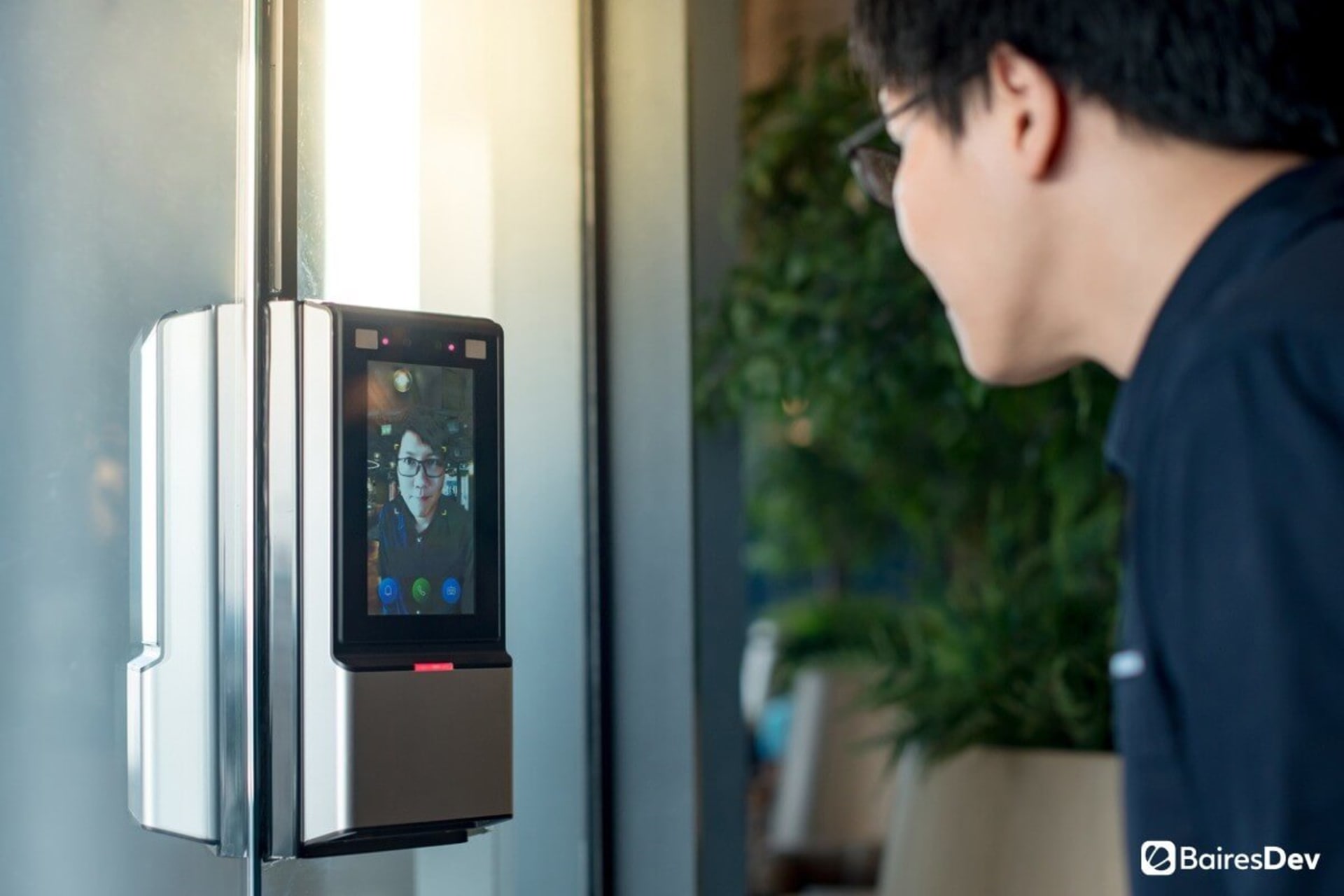Marketing is a balance between scientific thought and artistic inspiration. On the one side, we use metrics to assess opinions, garner interest, and predict outcomes. On the other, we rely on our intuition and creativity to forge memorable imagery that connects with our audience.
Does marketing work? That’s a non-question, of course, it does. We might not be able to accurately answer how marketing campaigns succeed or fail. But it’s undeniable that marketing drives sales and increases brand recognition.
In traditional publicity and marketing, one of the key tools for research is focus groups. We gather a sample of our target audience and expose them to our product and/or our marketing material. Then, we gather and analyze their opinions as feedback.
While focus groups, surveys and other forms of traditional market assessment tools have and continue to be necessary, they are also a byproduct of their times. Most of these techniques were designed during the 1950s, a time when human interactions were localized, and our reach was rather limited.
Market research in the information era
Market research has changed dramatically since the massive adoption of the internet. On the one hand, data collection techniques have improved dramatically thanks to smart devices and connectivity.
As quick examples, we’ve increased survey response rates significantly by creating in-app survey modules and by minimizing questionnaire length. Thanks to social media and tracking, we have created new and faster methods for longitudinal data and tracking audience reaction in real time.
On the other hand, the amount of data we gather has increased exponentially. Nothing unexpected since most markets are becoming global just by having an online presence. Even small-scale businesses are interacting and servicing customers from all over the world.
Thankfully, information pipelines, A.I., and machine learning have been extremely welcome assets to help gather, clean, and process Big Data. Especially in a post-pandemic world, where qualitative research methods such as the aforementioned focus groups have taken a hit.
That’s not to say that qualitative research is outdated. If anything, 2020 was the year where qualitative research started to gain ground in the online arena, with online focus groups, in-depth interviews, and social media engagement. Qualitative researchers found new venues to gather data.
With global reach, more complex and better tools, and a growing reliance on machine learning, it would seem like there’s never been a better time for market research. Except that, as face-to-face interactions are uncommon thanks to social distancing, emotional research could be in a better spot.
Emotions, research and marketing
Research on emotion has never been an easy endeavor, from psychologists to neurologists, emotional responses are some of the most challenging behaviors to measure. Why is that?
Emotions can be divided into two aspects, one is the perceivable phenomena or behavior we act out when we are feeling an emotion. Such as smiling when you are feeling happy. The other aspect is the subjective experience of emotion. That “feeling” we have when we experience sadness, happiness, or anger.
The problem is that while both aspects are related, they are not unequivocally linked. In other words, while most people smile when they are feeling happy, some can smile as a defense mechanism when they feel threatened or scared. Others laugh when they feel pain, others cry when they are overwhelmed with happiness. You get the idea.
It’s up to the researcher to match the perceivable behavior with the subjective. We could always ask our subjects directly what they are feeling, of course. The problem is that self-reports are biased. Some people are painfully unaware of their emotions, while others, who are ashamed of sharing them, tend to minimize them or lie.
This is not a new problem, and it has been tackled successfully to a certain degree. Neuromarketing research is one of the most reliable methodologies about emotional response. Some people might smile when they feel fear, but the limbic system reaction is universal.
Fortunately, facial expressions, while not universal, are common enough to be considered as such, as poised by Dr. Paul Ekman. In worldwide research he found that certain facial expressions are related to 7 emotional estates: Happiness, Sadness, Fear, Disgust, Anger, Contempt, and Surprise.
But what about the outliers? People smile when they feel fear. While you can’t avoid it altogether, there are ways to minimize their influence in our research such as the law of large numbers. In simple terms, when you collect enough data, the sample means approaches the theoretical mean and the influence of outliers tends to disappear.
Big data and face recognition
The more data collected the harder it is to manually process it. It wasn’t too long ago when we had to rely on our own judgment to explore people’s emotions. But thanks to the rapid increase in computing power as well as a growing interest in face recognition, even a basic developer can train a face recognition model with a few lines of code.
We are not exaggerating, there are literally hundreds of face datasets freely available, and with OpenCV and a bit of Python, you can start to make your own model with around 25 lines of code.
Thanks to machine learning and A.I. we can gather data from different sources and process it, either after the fact or in real-time. Imagine running a series of commercials for one of your products and using a webcam to register your participants’ reactions, recording the emotions as they are experiencing the commercial.
With that kind of technology, you can detect in real-time the exact moments in your marketing product that elicit emotional reactions, both planned and unexpected.
While not completely invalidating after-exposure surveys, real-time emotion recognition can help us pinpoint emotions that might escape the notice of both us and our participants. It’s a fantastic way to gather feedback in a fast and reliable manner.
Another plus is that emotion research can be conducted remotely, while one of the biggest issues with neuromarketing is that you need a lab and special equipment. With facial recognition software, all we need is a way for our participants to watch our marketing material and a camera to register their emotions.
With a solid backend, you collect and process the data in real-time, creating statistics that can be accessed from anywhere across the globe with a simple client. In other words, research that could take weeks or months before can be simplified and globalized.
Face recognition is not going to supplant qualitative research or in-depth research anytime soon, but it’s hard not to see how much it’s changing the way we conduct market research and how it’s going to shape our marketing strategies.






